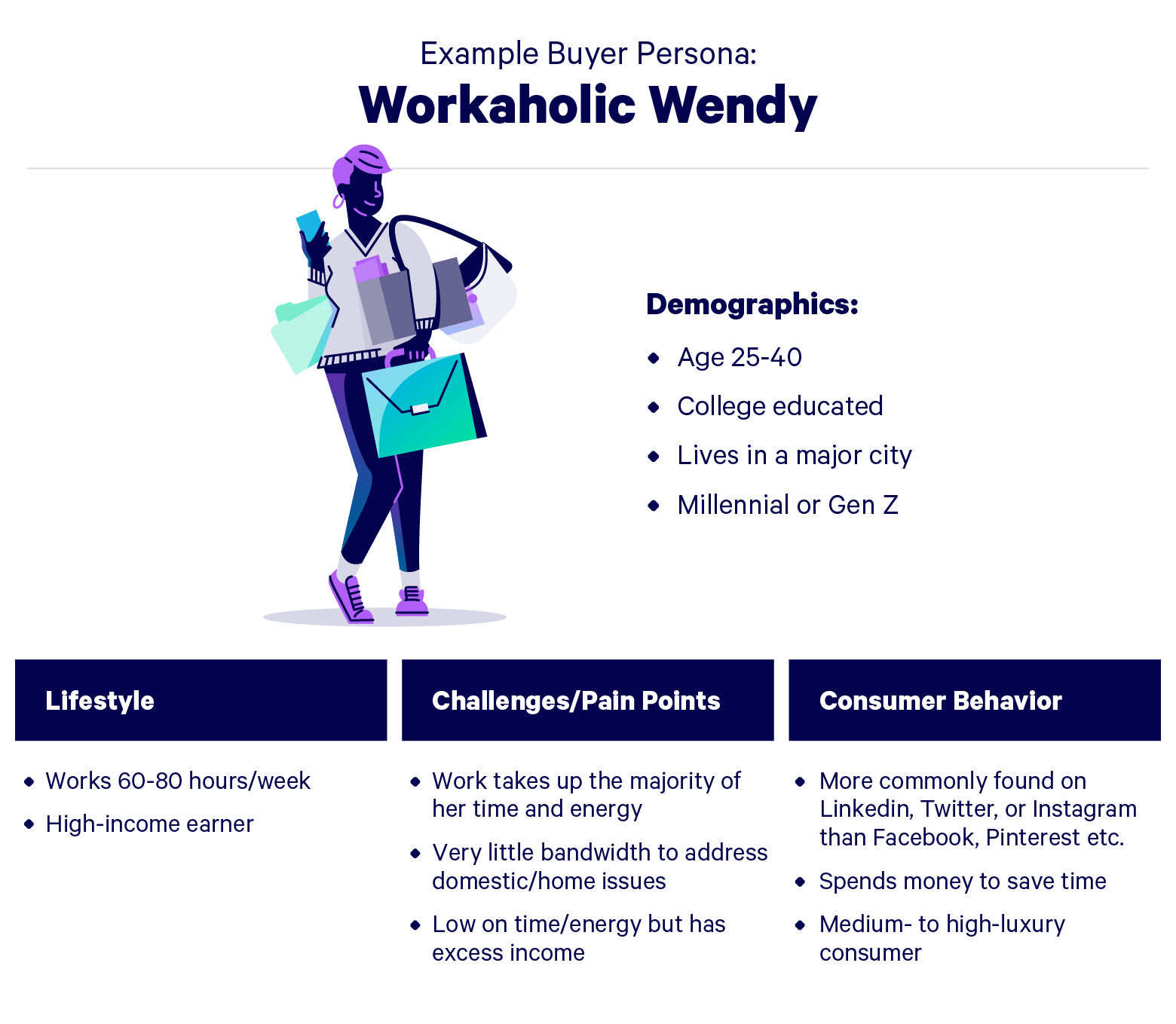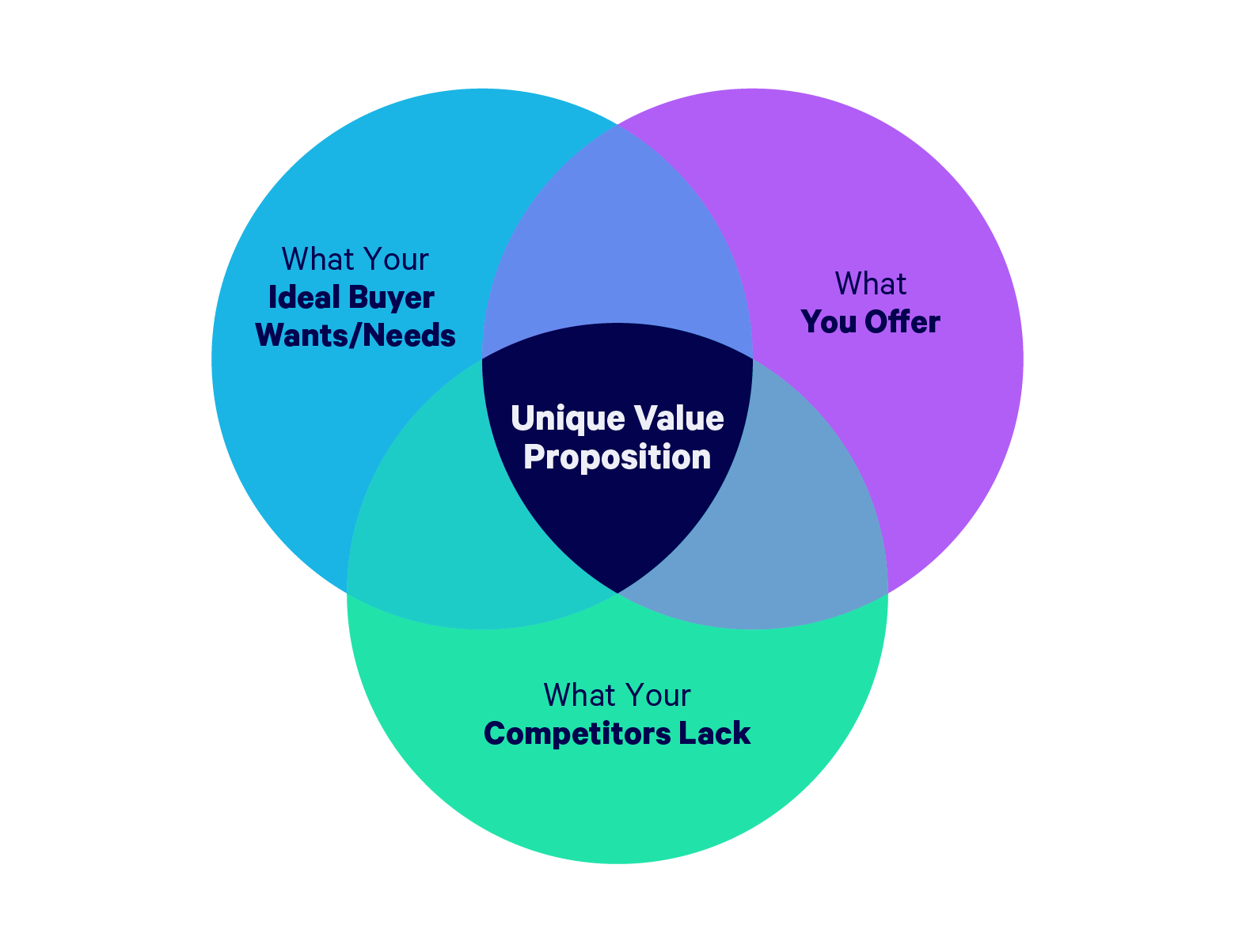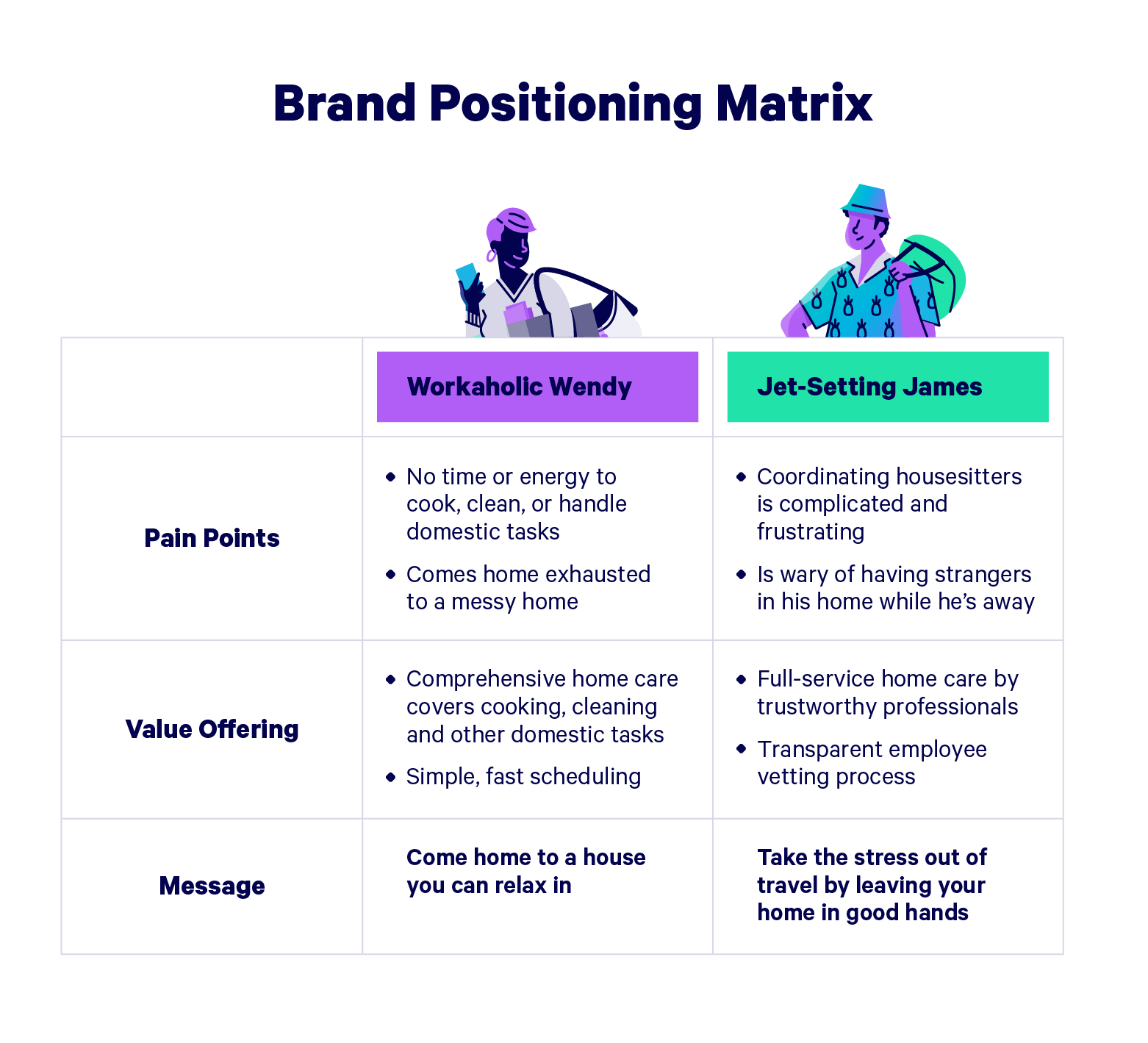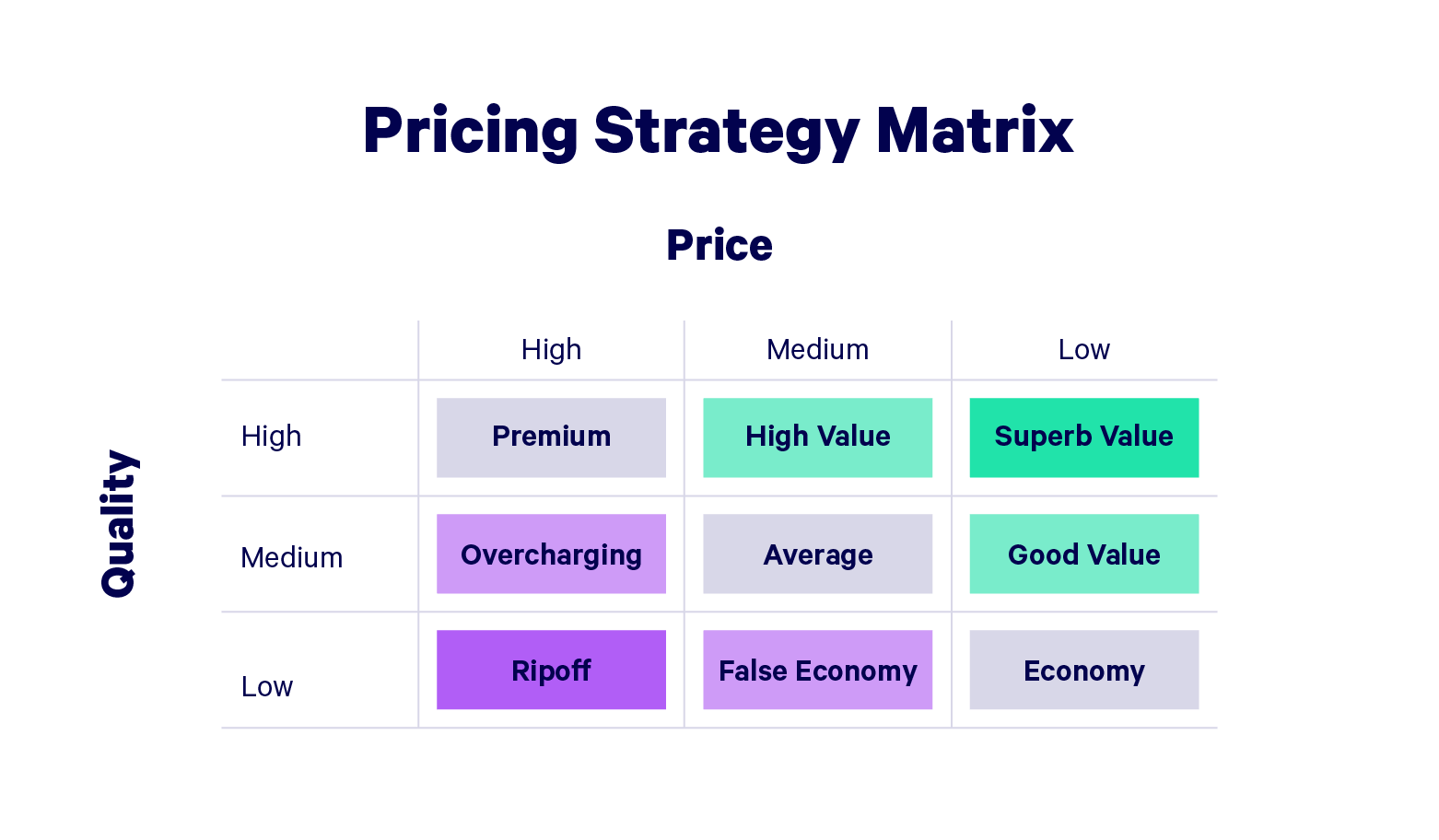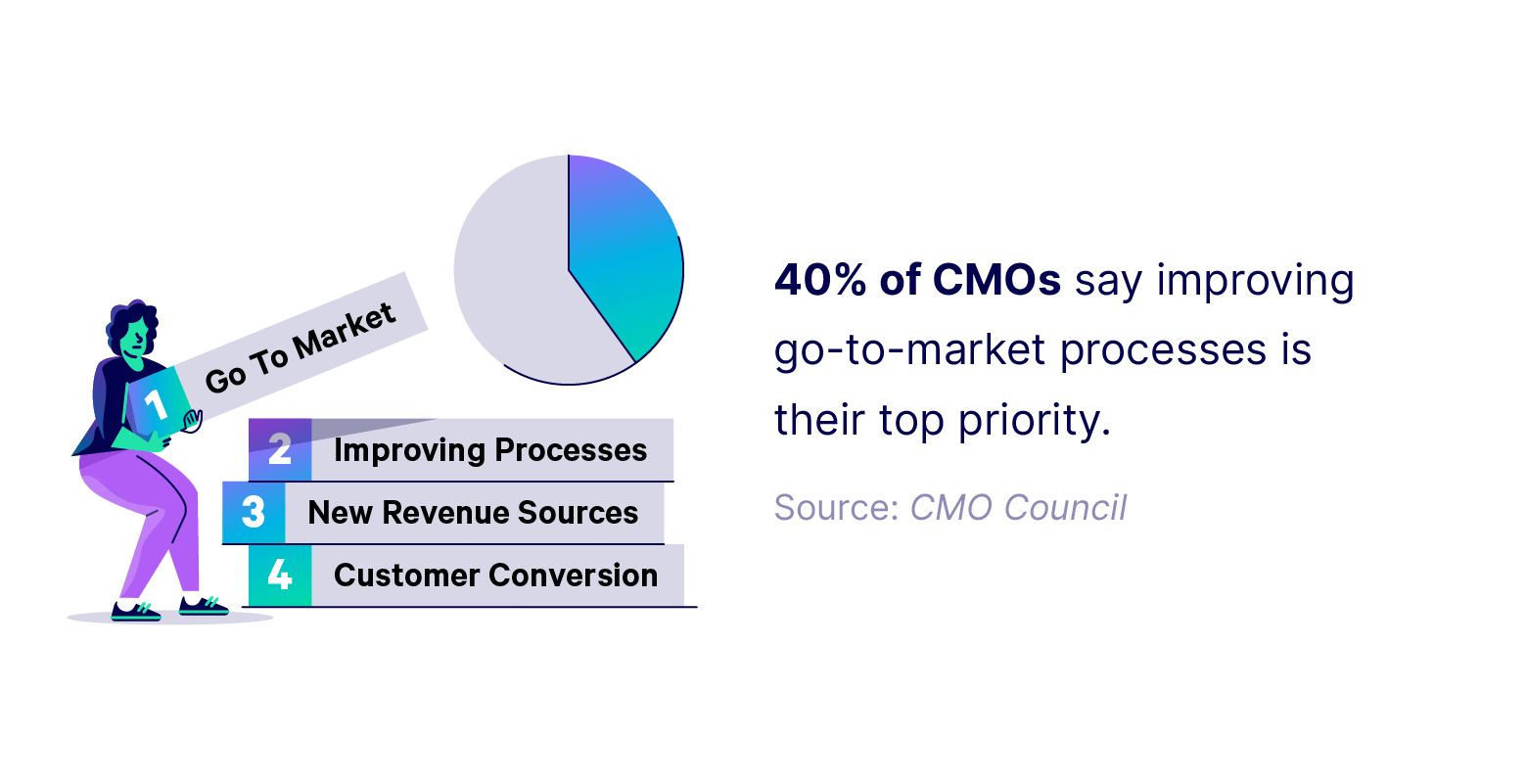Protect your business today!
Get a QuoteA go-to-market strategy is the planning document used to launch a new product or service or to introduce an existing product to a new market. It serves as a centralized source of vital information that’s organized to ensure every person involved in a launch is on the same page.
A comprehensive GTM planning strategy includes six main steps:
- Identify Your Target Market
- Determine Your Value Proposition
- Define Your Brand Messaging
- Outline Your Pricing Strategy
- Build a Distribution Plan
- Choose and Track KPIs
You only get one chance to make a first impression. Startups can fail, even with a great product, if they lack the strategy to get their product in front of the right audience, using the right messaging, for the right price.
A go-to-market plan helps protect your company and sets your product up for long-term success by making sure your launch is on target, on message, and on brand.
Ready to start planning? We’ll walk you through each essential step to craft a high-quality go-to-market strategy.
Step 1: Identify Your Target Audience
The first step in building your go-to-market strategy is to identify your target market and learn everything about the people who make up that market. The best way to do this is by crafting Ideal Customer Profiles, or ICPs.
An ICP is a character sketch of your ideal customer. It includes high-level information like demographics, income, education, and job type, as well as more detailed knowledge about this person’s lifestyle, interests, desires, problems, and needs.
For example, let’s say you’re launching an app-based service called Cleanr that offers users high-end amenities like cleaning, laundry, pet care, grocery, and meal prep services while they’re out of town or at work.
At the highest level, you already know you need to target people who can afford your product and have a need for outsourced home care services. However, multiple different types of people fall into this broad audience description. Your ICPs will help you sketch these smaller groups in detail, allowing you to divide your customer market into groups of people with similar interests and lifestyles.
Cleanr’s first ICP might be Workaholic Wendy, a financial analyst who works 60-80 hours a week and has no time or energy to tackle chores when she gets home. Its second ICP, Jet-setting James, fits into the same customer market but for entirely different reasons: he needs someone to care for his apartment while he’s away and stock his fridge ahead of his return.
This process of customer segmentation will allow you to hone in on each group within your target market and ensure you’re employing messaging and marketing channels that will reach and resonate with each one. Once you’ve finalized your ICPs, revisit them regularly and make necessary adjustments as your ideal customer markets change and evolve.
Step 2: Determine Your Value Proposition
Next, you can use the buyer personas you’ve identified to write your unique value proposition (UVP).
A UVP is a single sentence that states what you offer, why it’s unique, and how it can address your customers’ needs. You can find your UVP at the intersection of what you do best, what your customer needs most, and where your competition falls short.
Cleanr’s value proposition might be, “Cleanr is an app-based household management service that offers personally-tailored concierge home care services with flexible booking.” The UVP highlights what Cleanr offers (high-end household management services), what its customers need (someone to handle the home care tasks they can’t do), and what it does better than its competitors (enhanced personalization and flexibility).
Note that, although your UVP should be short and concise, it’s not the same as a product motto or slogan. Your UVP doesn’t have to be catchy; it just needs to be clear.
Step 3: Define Your Brand Messaging
Once you’ve completed your ideal customer profiles and written a unique value proposition, you can use this information to position your brand to each customer group represented by your ICPs.
A simple way to organize your messaging strategy is with a brand positioning matrix. Begin by creating a column for each of your ideal customer personas. Underneath each, record the pain points you identified while filling out each ICP.
Next, refer to your unique value proposition to determine how it applies to each buyer persona. Cleanr’s overall value proposition applies to its entire customer base, but each type of customer will appreciate its services for different reasons. Convenient home care services can save Workaholic Wendy valuable energy and stress, whereas Cleanr’s main value offering for Jetsetting James is peace of mind.
With each persona’s pain points and value offerings recorded, you can complete the matrix by creating a concise message communicating how your product can help solve each buyer’s problems. Once your messaging is finalized, return to your ICP description to decide where to broadcast your message to ensure it actually reaches your target audience. For example, Workaholic Wendy might be too busy to watch much TV, but she does spend plenty of time on LinkedIn. Use your positioning matrix to identify what platforms you can use to best connect with each type of buyer.
Step 4: Outline Your Pricing Strategy
It’s likely that you already have some concept of how much you plan to charge for your product before you start your go-to-market planning. However, a pricing strategy is about more than just making sure your product will bring in a reasonable profit. It’s also important to consider what message your product’s price is sending to potential buyers. In turn, your pricing strategy will influence how you market and sell your product.
The three things to consider when selecting a pricing strategy are:
- The quality and price of competing products on the market
- The quality of your product or service
- The price you need to charge to bring in a reasonable profit
If you can offer higher quality than your competitors at a lower price, you can market your product as a high-value option that offers financial benefits in addition to the inherent value of the product itself.
If you offer a lower quality product but can lower your prices to such an extent that your product is a viable budget option for those who can’t afford your competitors’ offerings, you can opt for an “economic” pricing strategy.
Avoid setting a price higher than your product’s quality or you’ll risk being seen as a ripoff, particularly if your low-quality product leads to liability issues. If you’re too biased to evaluate your product’s quality objectively, don’t hesitate to bring in a third party to offer an opinion.
Step 5: Build a Distribution Plan
A distribution plan is the strategy you’ll use to actually get your product into your buyers’ hands. In some industries, the distribution method is obvious: for example, an app-based product will naturally be downloaded via an app store.
When it comes to products with more than one potential distribution strategy, it’s up to you to select the dissemination method yourself. If it’s a physical product, will you sell it via department stores or will you operate an independent online shop? Does your software rely on a sales-intensive cold-calling strategy, or can you lean on your marketing strategy to generate inbound leads?
Factors to consider when selecting a distribution strategy include:
- Product Characteristics: is your product self-explanatory, or does it need to be pitched by a salesperson who can clarify its features?
- Buyer Personas: is your ideal customer the type to respond to marketing campaigns, or do they need to be approached directly with a sales pitch?
- Individuals vs. Companies: are you selling B2B or B2C? Complex software solutions designed to be purchased by companies typically require much more sales support than consumer and e-commerce products.
Step 6: Choose and Track KPIs
Finally, be sure to select Key Performance Indicators, or KPIs, to track and measure each of the goals you set in your go-to-market strategy so that you can improve on successful processes and accurately diagnose and efficiently solve any problems that may arise.
Here are some common startup KPIs you can use in your go-to-market process:
- Customer Acquisition Cost: the total marketing and sales spend required to obtain a new customer.
- Conversions: the number of non-purchasing interactions that turn into sales leads.
- Gross Profit Margin: the amount of money you earned on a product minus the amount spent to create and sell the product.
- Client Retention Rate: the percentage of customers who remain loyal to your product or service.
- Marketing Channel Metrics: the key metrics used to measure the particular marketing channel you’re using to promote your product (e.g. link clicks from organic search, open rate for email marketing, etc.).
- Web Traffic: the number of website sessions and unique page views generated, particularly following a well-publicized launch.
Determine what data you want to collect and how much data you will need before you can draw a meaningful conclusion. For example, client retention rate can’t be measured immediately after making a sale; it’s only once a client has used the product consistently for a period without returns or complaints that you can conclude their satisfaction with your company.
Once you’ve collected an adequate pool of information, sort and assess the data and highlight any patterns you may find. For example, does your web traffic spike at the same time each month? You may want to experiment with lowering your paid search budget around this time and increasing it when web traffic is lower. Repeat this process for each tweak you make—with each additional cycle, your strategy will only become more effective.
Research shows that 90% of startups fail, and just 30% of small businesses survive to see their tenth year. The companies that make up the successful 10% invest wisely in copious amounts of research, preparation, and strategy to minimize as much risk as possible before each major launch. Investing in a high-quality go-to-market strategy will not only set your product up for success but will also increase the likelihood that your startup will remain successful well into the future.

